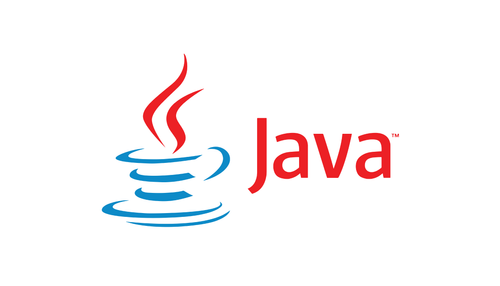Java, a versatile and robust programming language, has found its way into countless applications across various industries. When it comes to ensuring data accuracy and enhancing security, email verification plays a crucial role. In this comprehensive guide, authored by a Java expert, we will delve into the realm of email verification services in Java. You'll learn how to implement this essential feature, explore best practices, and address common questions related to email verification.
The Significance of Email Verification in Java Applications
Email verification is a fundamental component of modern applications, offering several benefits:
1. Data Integrity
Email verification ensures that user-provided email addresses are valid and reachable, leading to cleaner and more reliable data.
2. Enhanced Security
By confirming the authenticity of email addresses, you can prevent unauthorized access and protect sensitive information.
3. User Trust
A verified email address instills confidence in users, signaling that your application takes security and data accuracy seriously.
4. Regulatory Compliance
In some cases, regulatory requirements mandate email verification to protect user data and privacy.
Implementing Email Verification Services in Java
Now, let's explore how to implement email verification services in Java applications:
1. Regular Expressions
One common approach is to use regular expressions (regex) to validate email addresses. Java provides a regex library, making it relatively straightforward to implement.
2. Third-Party Libraries
Consider leveraging third-party libraries like Apache Commons Validator or JavaMail for email validation. These libraries offer robust email validation functionalities.
3. Custom Validation Logic
You can create custom validation logic to suit your specific application requirements. This approach provides flexibility but may require more development effort.
4. Integration with Email Services
Integrate your Java application with email services like SendGrid, Twilio, or JavaMail to send verification emails and manage the verification process.
By choosing the most suitable method for your application, you can implement email verification seamlessly.
Best Practices for Email Verification in Java
To ensure the effectiveness of your email verification process, consider the following best practices:
1. Double Verification
Implement a two-step verification process, where users receive a confirmation email containing a verification link.
2. Feedback Mechanism
Provide clear and concise feedback to users, indicating whether their email address has been successfully verified.
3. Secure Storage
Store email verification tokens securely, ensuring they are not accessible to unauthorized parties.
4. Token Expiration
Set expiration times for verification tokens to enhance security and prevent misuse.
5. Retry Mechanism
Allow users to request a new verification email in case they don't receive the initial one.
Troubleshooting Email Verification Issues
Despite implementing best practices, you may encounter email verification issues. Here are some common problems and solutions:
Problem 1: Verification Email Not Received
Instruct users to check their spam or junk folders. Ensure your email subject and content are clear and not marked as spam.
Problem 2: Invalid Email Addresses
Prevent invalid email addresses during registration by implementing client-side validation. Ensure the user enters a correctly formatted email address.
Problem 3: Expired Links
Email verification links typically have an expiration time. Make sure your links remain active long enough for users to click and verify their email.
Problem 4: User Assistance
Provide clear instructions and easy access to customer support for users facing email verification issues. A helpful FAQ section can also be beneficial.
Problem 5: Integration Errors
Double-check your email service provider integration and ensure it's correctly set up in your Java application.
Frequently Asked Questions (FAQs)
Let's address some common questions related to email verification services in Java:
Q1: Are there any Java libraries specifically designed for email verification?
A1: While Java doesn't have dedicated libraries for email verification, you can use regex, third-party libraries, or integrate with email services to achieve email verification in Java applications.
Q2: How can I prevent abuse of the email verification process?
A2: Implement token expiration, rate limiting, and CAPTCHA challenges to prevent abuse of the email verification process.
Q3: What is the best way to handle email verification for large-scale applications?
A3: For large-scale applications, consider using scalable email services like SendGrid or Twilio to handle email verification efficiently.
Q4: Is email verification mandatory for all Java applications?
A4: While email verification is not mandatory, it is highly recommended for applications that require user registration and authentication to enhance security and data quality.
Q5: Can I customize the verification email content and appearance?
A5: Yes, when using email service providers, you can often customize the content and appearance of verification emails to align with your application's branding.
Conclusion
Email verification services in Java are essential for maintaining data accuracy, enhancing security, and building trust with users. By implementing best practices, choosing suitable validation methods, and addressing common issues, you can seamlessly integrate email verification into your Java application. Whether you're developing a small-scale project or a large-scale enterprise application, mastering email verification in Java will contribute to the overall success and reliability of your software.



